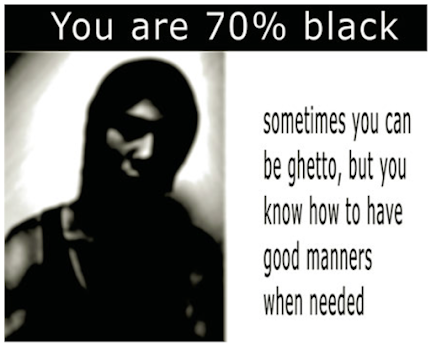Black Language in the Classroom in Media
Black Language has been a heavily discussed topic for the last few decades. In the effort to make Black Language more widely accepted in America, different forms of media have been used to encourage that acceptance. Varying from comics, to TV shows, and documentaries or even the news, many bases have been covered. But the real question is have they been covered effectively? Generations have been raised to believe a specific way about language, and trying to change that in one fell swoop is going to be tough, that is why many believe that we should start in the classroom. The documentary Talking Black in America discusses this issue in one of its sections. This sequential art form dissects the history of ebonics, and how it is being treated and looked at through education, in the workplace, or daily life. Ebonics is a topic that must be tread lightly on in media because of the way it is received, especially when it comes to in the classroom. Their argument worked because of t...


